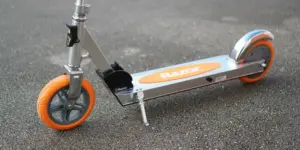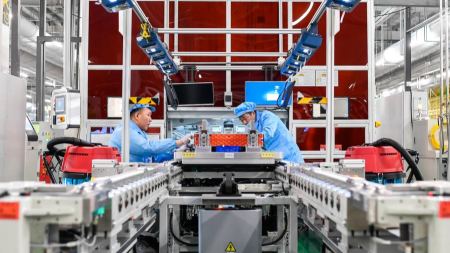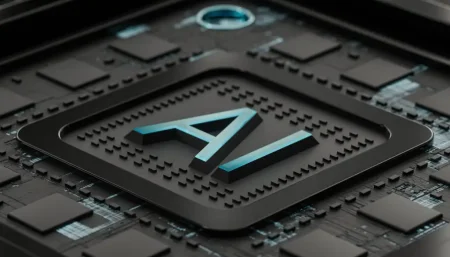China is developing humanoid robots to support human workers, not to take their jobs, according to Liang Liang, deputy director of the Beijing Economic-Technological Development Area. These robots are designed to improve productivity and perform dangerous tasks, such as deep-sea and space exploration, while humans can rest or focus on other work.
At the X-Humanoid robotics center in Beijing, scientists are building robots that can adjust and fix themselves when conditions change. Recently, a robot was shown completing tasks even when obstacles appeared, proving it can adapt to complex environments without help.
Last month, Beijing hosted the world’s first robot half-marathon. Humanoid robots ran on a track next to human runners, showing how robots and people can coexist and work alongside each other. The X-Humanoid’s robot Tiangong Ultra won the race, demonstrating advanced abilities in speed and endurance.
The robotics center continues to work on robots that can do precise and flexible tasks. These robots will be useful in factories, space missions, and other fields that need careful and reliable performance. Experts expect robots to become common helpers in workplaces, taking on jobs that are risky or repetitive.
China’s approach to robotics focuses on partnership between humans and machines rather than replacement. By letting robots handle dangerous work, humans can take on creative and strategic roles. This balance aims to improve safety and efficiency in industries.
China’s government supports robotics research to lead the field in artificial intelligence and automation. New robot designs that learn from experience and adapt quickly are part of this effort. These advances will make robots more dependable in real-world jobs.
The future will see more collaboration between humans and robots. Events like the robot half-marathon in Beijing highlight how this partnership can work. Robots will help boost productivity while keeping humans safe and focused on tasks that need human skill.















